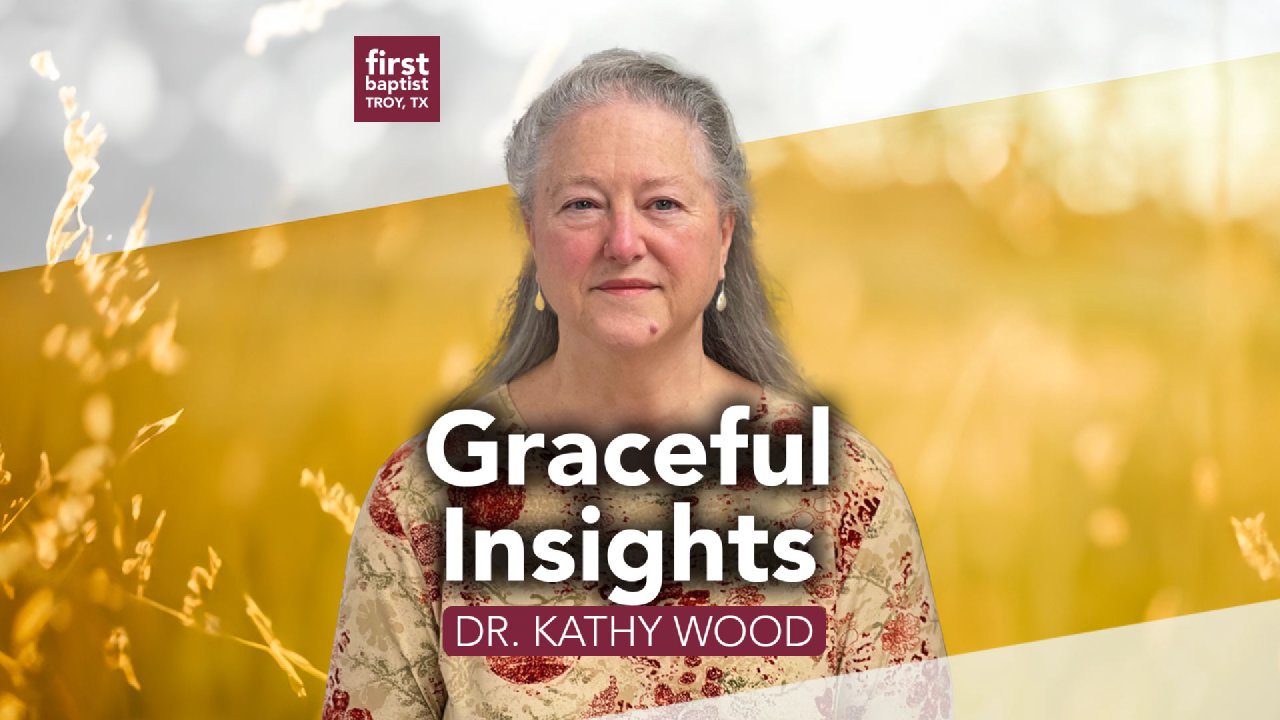The idea of evolution as a logical way to explain how we get the great variety of living organisms that we see today has not been around forever. In fact, it is a relatively new concept that gained ground when science came on the scene. Let’s explore how the theory of evolution became so entrenched in our society.
FULL TRANSCRIPT:
Well, here we are again, part 2 of the Evolution/Creation controversy. In the 1st podcast, we covered some of the terminology that goes along with evolution and looked at some survey results in the United States to see what people say they believe about evolution and creation. In this podcast, we are going to look at some of the history behind this controversy.
Some evolutionary concepts show up even in early Greek writings but not much. We don’t really see the idea of evolution of plants and animals to make different species show up until scientific observations and experimentation began to grow in the mid-1800s. Until that time, the church prevented these evolutionary concepts from developing. Divine creation as explained in the Bible was the predominant belief. The church was very powerful in determining what its membership believed – a person could even be excommunicated if they deviated from church doctrine.
However, as science began to develop, nonbiblical ideas of how life came about started to show up. The 1st evolutionary theory promoted by a scientist was the “inheritance of acquired characteristics”. Essentially, this theory proposed that anything that happened to a living organism during its life (a.k.a., and acquired characteristic) could be passed down to its offspring. A man by the name of August Weissman was not so sure that this was a good theory so he set up an experiment to test it out. He took some mice and cut off their tails and let them breed. The offspring had perfectly normal tails. So he cut those off too and let them breed. He kept doing this for 22 generations of mice. The offspring never had short tails – obviously the “acquired characteristic” of their parents did not affect the kids!
In the 1880s, August Weissman published the currently held germ-plasm theory which defended natural selection, a key part of evolutionary theory. Remember that natural selection says that variations among individuals arise in nature and some variations are advantageous under some conditions because they enable the organism to leave more surviving offspring. These variations are inheritable. Scientists believe that natural selection actually drives evolutionary change.
So, how does natural selection happen? Changes occur at the gene level in our DNA either as genes mutate or as they recombine in different ways during reproduction. These changed genes are passed on to future generations. Genes determine what an organism looks like and how it operates. Mutations are “mistakes” in the DNA that often occur naturally. Positive mutations give a benefit of some kind to the organism and may help that organism be better able to survive in its environment. Most mutations, however, seem to be negative mutations. Some of these mutations are serious enough that the organism does not survive and cannot pass the mutation down to its offspring.
Modern evolutionary theory was founded by the observations of Charles Darwin and, independently, by Alfred Wallace. We don’t hear much about Wallace. However, Wallace believed that divine intervention was required for human origin. Darwin wrote up his observations in a very famous book called “On the Origin of Species” published in 1859.
There were several other well-known scientists at that time and over the years that agreed that genetics and natural selection could explain the development of different species. So, by 1950, Darwin’s theory of evolution by natural selection was universally accepted by biologists.
Going along with this acceptance, questions arose about what should be taught in the schools. Perhaps the most well-known trial in the court system occurred in 1925 in Tennessee. It was called the Scopes Monkey Trial, named after John Scopes, a teacher in Tennessee. He began to teach evolution in his classes but Tennessee state law prohibited evolution being taught. The trial was a big sensation and was even broadcast on the radio! Scopes was found guilty but this verdict was overturned in the Tennessee Supreme Court, apparently because of a technicality, so that the state law preventing evolution from being taught was upheld in Tennessee.
By the late 1950s, the United States was becoming afraid that we were falling behind in science so Congress passed the National Defense Education Act to improve science education. As a result of this, several new textbooks were written by scientists who made sure that evolution was a part of those textbooks.
As evolutionary theory was becoming more common in the classroom because of the textbooks, the controversy between evolution and creation also became more common in society. In 1968, the US Supreme Court in the Epperson versus Arkansas case, determined that banning evolution education was a violation of the First Amendment. The First Amendment prohibits government from establishing a religion. So, if only creation could be taught in the classroom and if creation is supported by religion (i.e., the Bible), the court decided this was supporting religion. Their decision, as mentioned a moment ago, therefore also required that teaching evolutionary theory be allowed.
19 years later, in 1987, the Supreme Court used the same reasoning to ban a Louisiana law, which required that if evolution were taught in school, creation science must also be taught in that school. This was the Edwards versus Aguillard case. The court ruled that requiring the teaching of creationism or forbidding the teaching of evolution would violate the separation of church and state. The court added that “teaching a variety of scientific theories about the origins of humans might be validly done with the clear intent of enhancing the effectiveness of science instruction”.
This is a good time to bring up the accompanying controversy associated with the term “creation science”. Prior to 1923, those upholding the belief in creationism did not seriously argue against evolutionary theory on the level of science. This was about to change. “Creation science” is a form of Young Earth creationism which claims to offer scientific arguments for the biblical account of the origins of the universe, earth, life, and humanity. Creation science proponents claim that the Bible contains an accurate and literal account of these origins – that all life was created in 6 days.
Evolutionists take exception to the term Creation Science because they claim there is nothing scientific about it. They say creation science is unscientific because it cannot be tested and events cannot be observed or re-created. Interestingly, this is the same argument that creationists use against evolution!
The last court case I will mention today, although certainly not the last one in reality, is the Kitzmiller versus Dover case which was tried in Dover, Pennsylvania in 2005. A local school board required teachers to begin biology classes by reading a statement about Intelligent Design. The court ruled this unconstitutional because “creation science” was deemed a religious theory, not a science. You may remember that Intelligent Design or ID is the belief that life is so complex that it could not have come about except by the activity of an intelligent designer of some kind.
So, creation versus evolution is still as big an argument today as it used to be and since the 1980s, creationists have argued for equal opportunity to teach creationism in the public schools along with evolution so that academic freedom is insured. Evolutionists, however, argue that evolution is supported by evidence that is testable using the scientific method but that creationism cannot be tested in the same way. Therefore, creationism should not be in any science curriculum.
So the bottom line as far as the courts are concerned is that teaching evolution cannot be banned in a school and requiring equal time for the teaching of creationism along with evolution is not acceptable.
We still have a little bit of “history” to go over, some of which is specific to Texas. And we also need to go deeper into why this controversy between evolution and creation is important to understand, especially as far as education of children is concerned. But we have run out of time in this podcast to get into that. That’s where we will start in the next podcast.





